Structure Formation in Solution: Ionic Polymers and Colloidal Particles

Summary
1. 1 Macroionic Systems and the Scope of the Book Inthepresentmonograph, wewilldiscussionicpolymersolutionsandcolloidal dispersions. When these substances are dissolved into a solvent, they produce ionicspecies havinglargemolecularweightsandtheir counterions. We knowa variety of naturally occurring ionic polymers and chemically synthesizedc- pounds. Examples of the former are nucleic acids and some proteins, which playanimportantroleinbiologicalsystems. Examplesofsyntheticionicpo- mers are polyacrylic acid (PAA), polystyrenesulfonic acid (PSS) and poly- lylamine (PAAm). PAAisahighpolymer, inwhichmacrylicacidmoleculesCH =CH(COOH) 2 arelinearlypolymerizedby covalent bonds. Thenumber mis calledthe degree 3 of polymerization and is usually of the order of 10 . When PAA is dissolved in a dissociating solvent like water, anionic macroions and counterions are produced. In the following scheme, the counterions are protons but they may + be metal cations such as Na: ? ? ? ? ?CH ? CH? ?CH ? CH? 2 2 + ? ? ? ? + mH ? COOH COO m m PAA PAA anion Counterions. PAAm is a cationic polymer and dissociates into PAAm cations and anionic counterions as shown below: ? ? ? ? ?CH ? CH? ?CH ? CH? 2 2 ? ? ? ? ? +mHCl ? +mCl + CH ?NH CH ?NH 2 2 2 3 m m PAAm PAAm cation Counterions. 2 1 Introduction + ? In the case of NaCl, it dissociates into Na and Cl, which both have low molecular weights. On the other hand, PAA anions and PAAm cations have 3 highmolecularweights. Ifmis10, onepolymerion(macroion)hasananalyt- 3 + icalchargenumberZ of10, whichisexceedinglylargerthan1forNa .
Similar Books
-
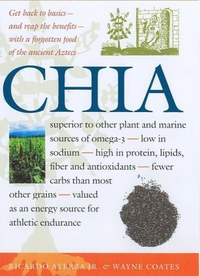 Chia: Rediscovering a Forgotten Crop of the Aztecs
Chia: Rediscovering a Forgotten Crop of the Aztecsby Ricardo Ayerza
-
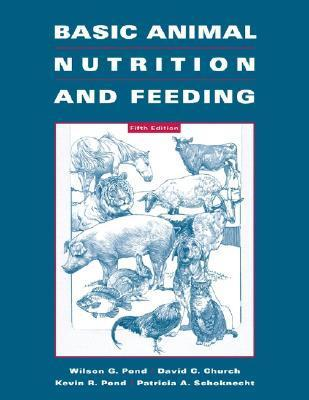 Basic Animal Nutrition and Feeding
Basic Animal Nutrition and Feedingby Wilson G. Pond
-
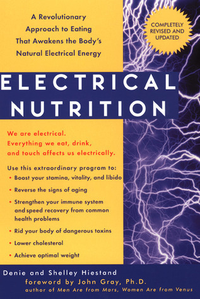
-
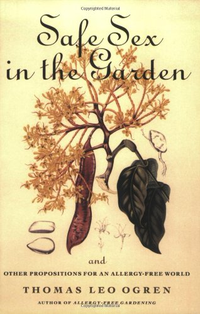 Safe Sex in the Garden and Other Propositions for an Allergy-Free World
Safe Sex in the Garden and Other Propositions for an Allergy-Free Worldby Leo Thomas Ogren
-
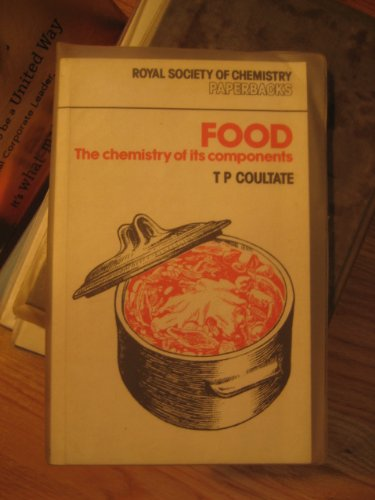 Food The Chemistry Of Its Components
Food The Chemistry Of Its Componentsby Tom P. Coultate
-
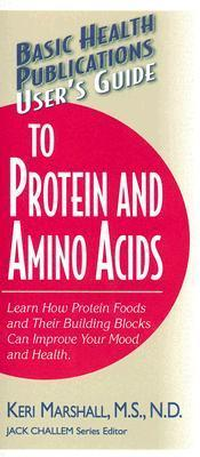 User's Guide to Protein and Amino Acids
User's Guide to Protein and Amino Acidsby Keri Marshall
-
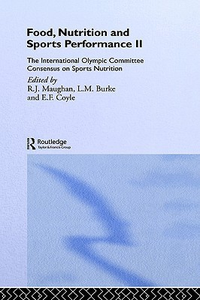
-
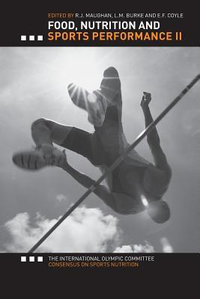 Food, Nutrition and Sports Performance Ii
Food, Nutrition and Sports Performance Iiby Ronald J. Maughan
-

-
 Food Allergens
Food Allergensby Steven Gendel
-
 Balance - The Universal Law: And Its Bio-Electro Vibrations
Balance - The Universal Law: And Its Bio-Electro Vibrationsby Dr Kurt E Schulz
-
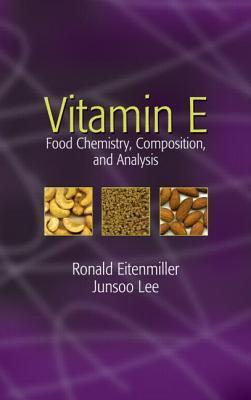 Vitamin E: Food Chemistry, Composition, and Analysis
Vitamin E: Food Chemistry, Composition, and Analysisby Ronald R. Eitenmiller
-
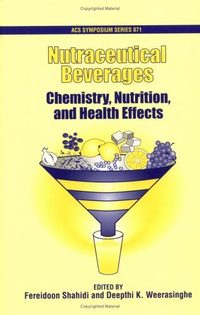 Nutraceutical Beverages: Chemistry, Nutrition, and Health Effects
Nutraceutical Beverages: Chemistry, Nutrition, and Health Effectsby Fereidoon Shahidi
-
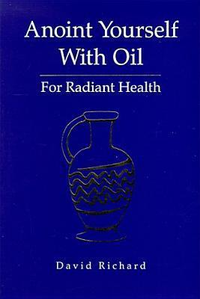 Anoint Yourself with Oil for Radiant Health
Anoint Yourself with Oil for Radiant Healthby David Richard
-
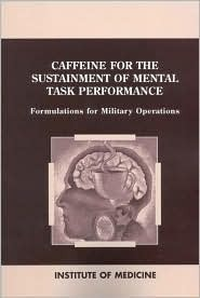 Caffeine for the Sustainment of Mental Task Performance: Formulations for Military Operations
Caffeine for the Sustainment of Mental Task Performance: Formulations for Military Operationsby National Research Council
-
 Nutritional Biochemistry
Nutritional Biochemistryby S. Ramakrishnan
-
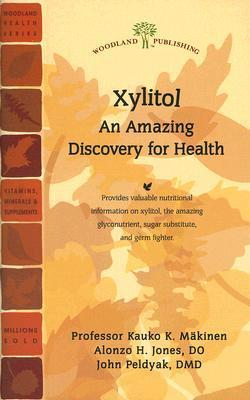 Xylitol: An Amazing Discovery for Health (Woodland Health Series)
Xylitol: An Amazing Discovery for Health (Woodland Health Series)by Professor Kauko K. Makinen
-
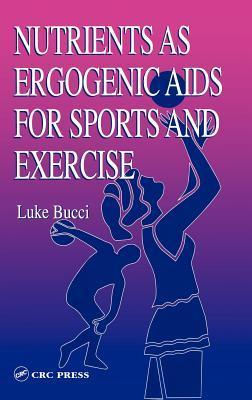 Nutrients as Ergogenic Aids for Sports and Exercise
Nutrients as Ergogenic Aids for Sports and Exerciseby Luke R. Bucci
-

-
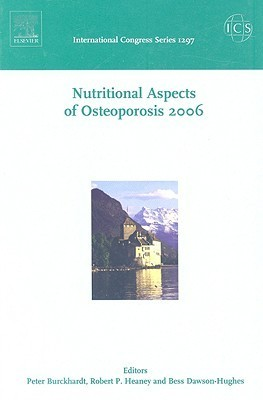
-
 Acidophilus and Colon Health: A Self-Help Manual
Acidophilus and Colon Health: A Self-Help Manualby David Webster
-
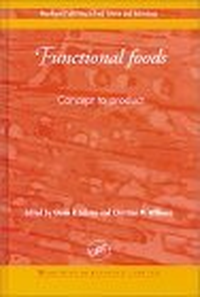 Functional Foods: Concept to Product
Functional Foods: Concept to Productby Glenn R. Gibson
-
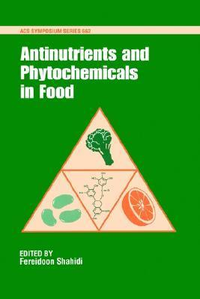 Antinutrients and Phytochemicals in Foods
Antinutrients and Phytochemicals in Foodsby Fereidoon Shahidi
-
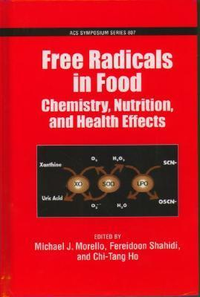 Free Radicals in Food: Chemistry, Nutrition and Health Effects
Free Radicals in Food: Chemistry, Nutrition and Health Effectsby Michael Morello
-
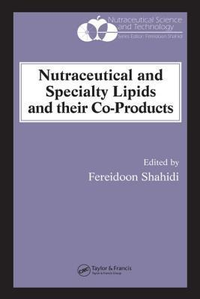 Nutraceutical and Specialty Lipids and their Co-Products
Nutraceutical and Specialty Lipids and their Co-Productsby Fereidoon Shahidi
-
 Growing Bone
Growing Boneby James F. Whitfield
-
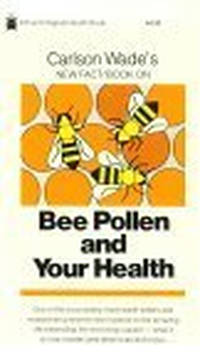 Carlson Wade's New Fact/Book on Bee Pollen and Your Health
Carlson Wade's New Fact/Book on Bee Pollen and Your Healthby Carlson Wade
-
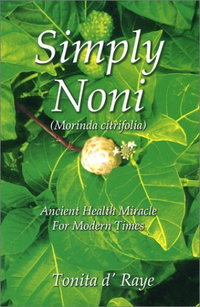
-
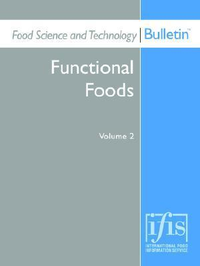 Food Science And Technology Bulletin: Functional Foods
Food Science And Technology Bulletin: Functional Foodsby Glenn, R Gibson
-
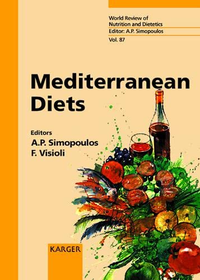 Mediterranean Diets
Mediterranean Dietsby Artemis P. Simopoulos
-
 Human Body Systems: Maintaining the Body's Functions
Human Body Systems: Maintaining the Body's Functionsby Sharon Katz Cooper
-
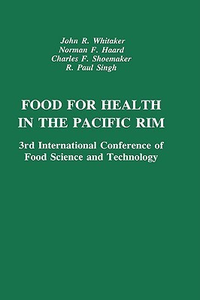 Food for Health in the Pacific Rim
Food for Health in the Pacific Rimby John R. Whitaker
-
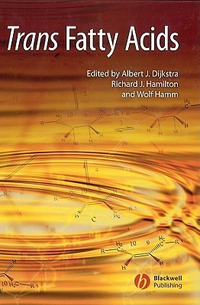 Trans Fatty Acids
Trans Fatty Acidsby Albert J. Dijkstra
-
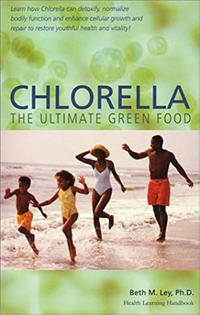
-
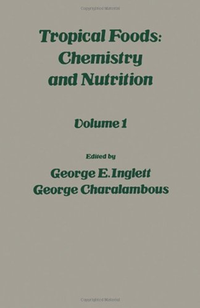 Tropical foods: Chemistry and nutrition
Tropical foods: Chemistry and nutritionby George E. Inglett
-
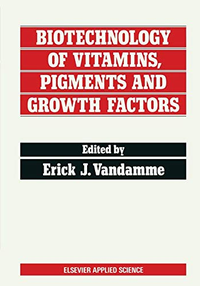 Biotechnology of Vitamins, Pigments and Growth Factors
Biotechnology of Vitamins, Pigments and Growth Factorsby E.J. Vandamme
-
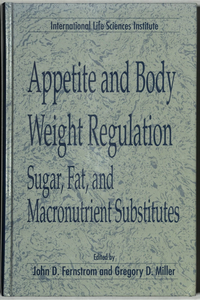 Appetite and Body Weight RegulationSugar, Fat, and Macronutrient Substitutes
Appetite and Body Weight RegulationSugar, Fat, and Macronutrient Substitutesby John D. Fernstrom